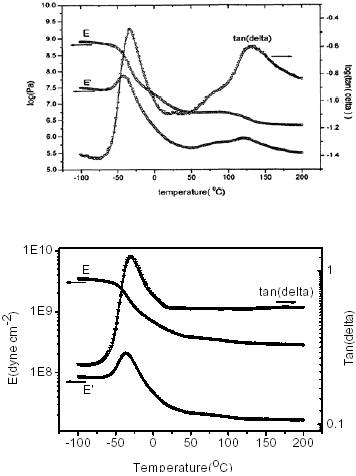Qi Xue,* Ning Xu, and Wei Chen
Department of polymer Science & Engineering
Nanjing University, Nanjing, 210093, P.R.China
Conducting polymers, named as “synthetic metals”, are expected to have many applications such as light-emitting diode, large area organic displays, biosensor, DNA-compatible materials, artificial muscle, and other functional materials. But most conducting polymers are composed of rigid π-conjugated chains having hetero-cyclic repeating units, resulting in poor elasticity. In many practical applications, such as artificial muscle, micro-electronics, and some industry purposes, a conductive film with high modulus and rubbery elasticity are required. For improvement of their poor processibility and instability, researchers have employed numerous techniques and conditions for preparation of aromatics to obtain conjugated polymers having good mechanical properties and stable electrical properties. The development has been brought about mainly by the synthesis of new derivatives of the major conducting polymers, and by combining existing conducting polymer with appropriate dopants, and conventional polymers, to form composites, blends, and colloidal dispersion. Blending with block copolymers shows its advantage because the macroscopic phase separation is suppressed and individual important properties of homo-polymers are retained. However, it is unfavorable for the gradual loss of conductivity for the mechanically blends upon elongation and aging in environments. In this paper, we demonstrate a simple idea for modifying the morphology of a conducting polymer film by electro-chemical polymerization of pyrrole in the presence of a tri-block copolymer consisted of a flexible elastomer block and two sulfonated polystyrene blocks. In this experiment, the block copolymer were crosslinked by polypyrrole (PPY) segments, whereas the sulfonated styrene block acted as the dopant for conducting polypyrrole, resulting in a three-dimensional network film with excellent rubber elasticity and manipulated electrical conductivity. Besides, a few orders of magnitude increase in the electrical anisotropy for this rubbery film upon elongation was observed.
